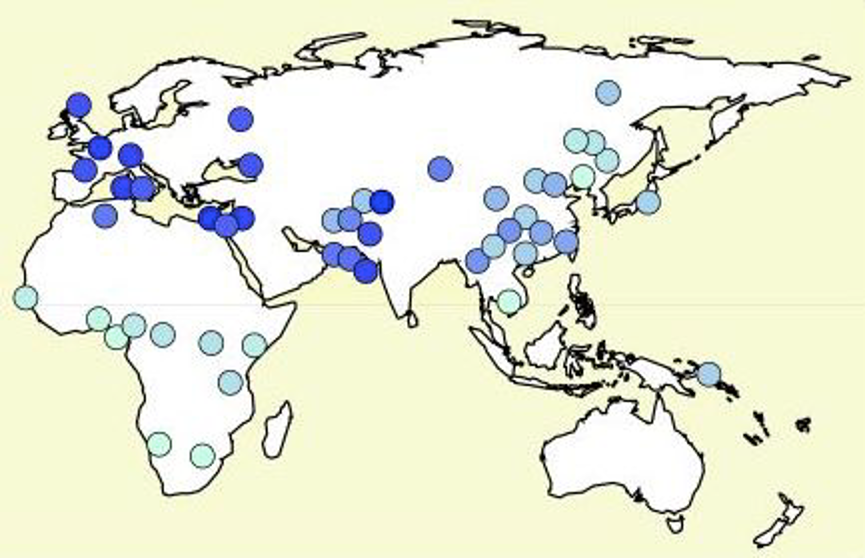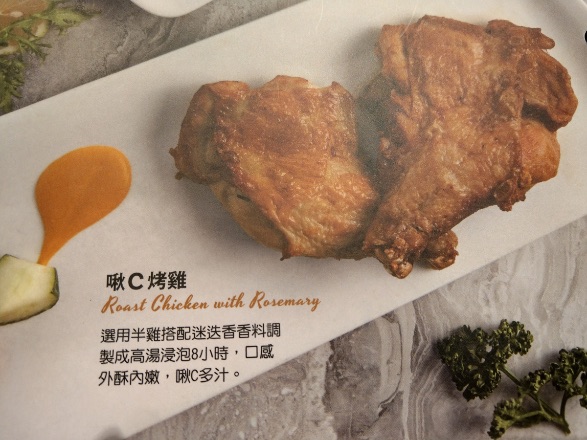Involution, part 2
[This is a guest post by Diana Shuheng Zhang. It was prompted by "'Involution', 'working man', and 'Versailles literature': memes of embitterment" (12/23/20), where we discovered that the word "involution", which is little known in English-speaking countries, except in highly specialized contexts, has gone viral in China in a sense that is barely known in the West.]
The resource curse of Chinese textualism and Sinology's paradox of involuted plenty
I. Hyperabundance of texts
To me, the predicament of Sinology seems like a resource curse. The "paradox of plenty”. “Paradox of plenty” is an economic term, referring to the paradox that countries with an abundance of natural resources tend to have worse development outcomes than those with fewer natural resources. I have been thinking about this in my head for a few days. The “resource curse” for China studies is that Chinese culture, especially Classical Chinese-based culture of writings, has too many raw texts. The discovery of the Dunhuang manuscripts has added even more to the already abundant, if not excessive, textual residue that scholars devote their lives to, accumulating and laying out textual evidence before they can reach the point — maybe they never can if they do not intend to — of analyzing, integrating, utilizing, and theorizing them.
Read the rest of this entry »
Little sticky twigs
Or maybe "little sticky toes"?
'Tis the season for articles about mistletoe, like this one: Rachel Ehrenberg, "Marvelous Misunderstood Mistletoe", Knowable Magazine 12/18/2020:
Some plants are so entwined with tradition that it’s impossible to think of one without the other. Mistletoe is such a plant. But set aside the kissing custom and you’ll find a hundred and one reasons to appreciate the berry-bearing parasite for its very own sake.
I was interested to learn about haustoria, epicortical runners, viscin, hyperparasitism, and so on — but then there's the etymology:
Their name derives from Anglo-Saxon words meaning “dung-on-a-twig” — typically the dung of birds, which eat the seeds and disperse them to new host plants.
I was curious about how to get from "dung-on-a-twig" to "mistletoe", so I turned to the OED.
Read the rest of this entry »
No word for "runoff"?
Candice Norwood, "In battle for the Senate, Georgia organizers fight to mobilize voters of color", PBS News Hour 12/3/2020:
For Susana Durán, Georgia State director for the civic engagement group Poder Latinx, informing voters about the race starts with the basics.
“What is a runoff? There’s no Spanish language word for runoff,” Durán said. “I’m trying to figure out the shortest way to explain what a runoff is without having the voters run off.”
Read the rest of this entry »
"Involution", "working man", and "Versailles literature": memes of embitterment
Article by Ji Siqi in South China Morning Post (11/21/20):
"China’s frustrated millennials turn to memes to rail against grim economic prospects"
Chinese youth are venting their disillusionment with bleak job prospects and widening inequality with new memes and buzzwords online
The stinging online sentiment jars with the government line that China’s economic boom is creating opportunities for young people
The three terms we will focus on in this post seem simple and innocuous enough, but China's millennials put a sardonic spin on these expressions that turns them into subtle censure (which you're not supposed to do in China) against the socioeconomic conditions they face.
Read the rest of this entry »
Genes and tone languages, yet again
Below is a guest post by Bob Ladd.
Long-time readers of Language Log may recall a couple of posts from 2007 (here and here) about a possible link between population genetics and tone languages. That year, Dan Dediu and I published a paper in PNAS showing that there’s a significant geographical correlation between the distribution of tone languages and the distribution of older and newer variants (alleles) of two genes known to be involved in brain development, ASPM and Microcephalin 1. For ASPM in the Old World (where tone languages are found predominantly in sub-Saharan Africa and Southeast Asia), you can eyeball the correlation on the map below: the lighter the dot, the rarer the new variant of the gene. Our PNAS paper put this eyeballing on a reasonably sound statistical basis.
Read the rest of this entry »
No more plosive consonants: flay your fart!
A video by Peter Prowse has been making the rounds:
You might recall a similar French-language video last spring, which Mark Liberman shared in his May 1 post, "Rire la Rémumligne!" In fact, there were several versions of this floating around, all based on a text originally shared on Facebook by the physicist François Pla under the pseudonym Sam Anchman. (More information here and here.)
Read the rest of this entry »
Juicy chicken
Mark Swofford sent this photograph of a dish on a menu in a Taiwanese restaurant chain:
Read the rest of this entry »
Non-Han writing in the PRC: A new series
[Blog post today by Bruce Humes]
VHM: Since I know about half of the authors and translators in this series, I am pleased to see them and their cohort getting wider recognition and circulation.
"'Multi-ethnic' Literature: Yilin’s 2020 Cache of Fiction by non-Han Writers"
As your year-end holiday lockdown fast approaches, it’s worth noting a new series of books by non-Han writers launched this year by one of China’s best-known publishers, Yilin Press — lit., “translation forest” — that is normally associated with marketing popular foreign-language fiction in Mandarin for Chinese readers.
The name of the series itself, Library of Contemporary Classics by China’s Multi-ethnic Writers (中国当代多民族经典作家文库), is notable, because it employs the term “multi-ethnic” rather than the former politically correct, ubiquitous reference to “minority ethnic” literature (少数民族文学) that must surely have rankled some.
I will write more about the worrisome outlook for mother-tongue, multi-ethnic literature out of China — given moves to severely restrict education in Uyghur, Tibetan and Mongolian, and the ongoing incarceration of hundreds of thousands of Turkophone people in Xinjiang — but for now, here are the titles in Yilin’s new series (so far available only in Chinese) with a bit of background info and links:
Read the rest of this entry »
Who created batik? Who appropriated batik?
This is something I wanted to write about back in mid-July, but it fell victim to my backlog of thousands of e-mails. Now, slowly, slowly, slowly, I'm catching up, and I find that it's still a worthy topic to post on.
"‘China, master copycat’: uproar in Indonesia at Xinhua’s batik claim"
Xinhua released a video saying batik is a traditional craft ‘common among ethnic groups in China’, sparking protests by Indonesians on social media
There are long-standing disputes over the origins of food and traditions such as batik, rendang and nasi lemak among Malaysia, Indonesia and Singapore
Randy Mulyanto, SCMP 7/14/20
Read the rest of this entry »
"Under plenty of perjury"
Signing a declaration “under plenty of perjury” beats the previous best legal typo I saw back in 1998, which was an appellate brief seeking to overturn a trial court decision that concluded, “the judgment below should be revered.” pic.twitter.com/puq72gKGOg
— John Elwood (@johnpelwood) December 19, 2020




